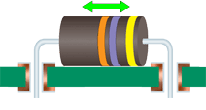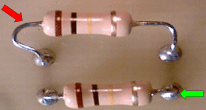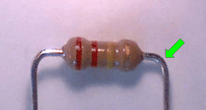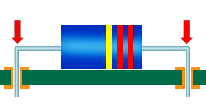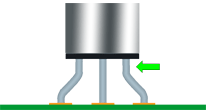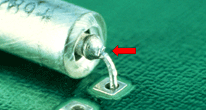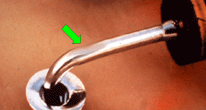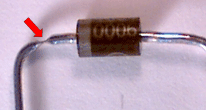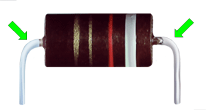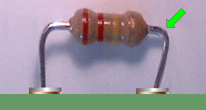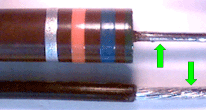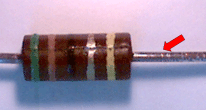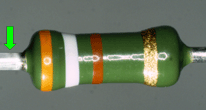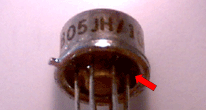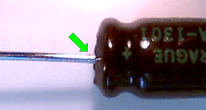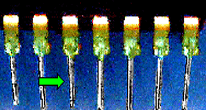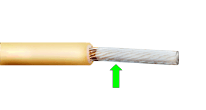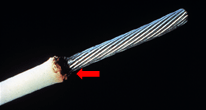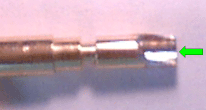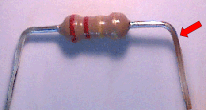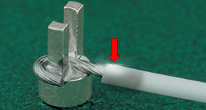PREPARATION OF CONDUCTORS
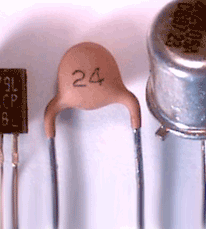
The quality of solder terminations can be correlated to the preparation of the conductors prior to soldering.
Solderability can be significantly improved by the pre-tinning and thorough cleaning of all surfaces designated to be part of the completed solder termination. Pre-forming of component leads and other conductors reduces stresses in the solder joint and component body.
See Section 6.01 "Through-Hole Soldering, General Requirements", for common accept/reject criteria.
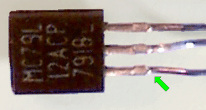
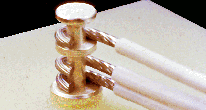
PREFERRED
COMPONENT LEADS
The component's leads have been tinned, formed and cleaned per engineering requirements. Gold plating has been removed. The spacing and radius of bends are within requirements. There is no mechanical damage to the component leads or body.
PREFERRED
CONDUCTORS/WIRE
The conductors have been stripped, tinned, formed and cleaned per engineering requirements. There is no mechanical damage to the conductor or insulation, no reduced cross-section and individual strands are discernable.
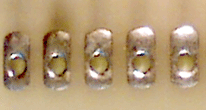
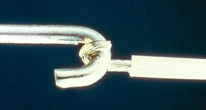
PREFERRED
TERMINATION AREAS/PWB
Termination areas have been tinned with hot-coated tin-lead solder or hot reflowed electro-deposited tin-lead solder prior to mounting of the parts. Gold plating has been removed.
PREFERRED
TERMINATIONS/MISCELLANEOUS
The terminations have been properly tinned, formed and cleaned in preparation of solder termination. The preparation of simple terminations, such as the hook and conductor termination shown, is just as important as more complex terminations.

